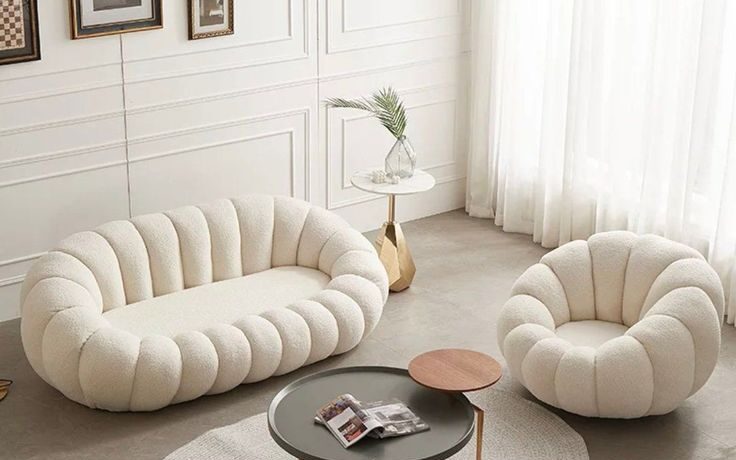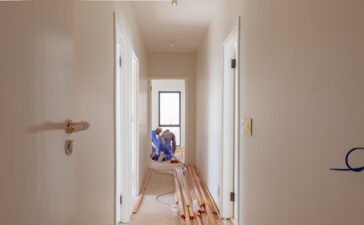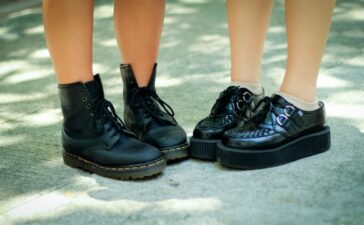In enhancing educational functions learning spaces are very critical since they act as the platform. It shows that the learning context – where learner meets CONTENT- can have profound effects, ranging from classrooms to libraries. An open space promotes people interaction, innovation and concentration as well as create togetherness among the learners.
Lurking at the core of these environments is furniture; the lowly object which may be unknown and unseen but has immediate implications on the way in which students engage each other and their learning essentials. A rightly chosen piece of furniture can turn an average space into one that fosters learning.
When reading tips on how to use furniture to design spaces for learning, you’ll learn how simple design options can create an environment for learning that is invigorating. Regardless of whether you are redesigning a classroom or creating a study space from scratch in your home, knowledge of design components is crucial for creating learning environments.
Understanding the impact of furniture on learning environments
That is why furniture is a defining factor when it comes to creating particular learning spaces. Technology is right there waiting to be attained and the right pieces can enrich students’ engagement and practically embrace all forms of instruction. From experience, it is found that an effective classroom environment encourages interactioniegativity.
I believe it is worth thinking about the way that seating affects cooperation. Innovative furniture enables the formation of groups since students can adjust the furniture around them. Many conventional desks have restricted mobility and interaction.
Comfort is also vital. Temperance chairs cause workers to sit for more extended periods without distraction due to discomfort and offer maximized ergonomic support. The productivity of learner increases when learners are happy.
Furniture also is of respective styles that make the atmosphere of the house or offices the way it is. Choosing chiar and vivacious colours will provide the subjects with energy, and the subjects of slender designs will feel calm and ready to concentrate.
Accessibility counts for something when it concerns inclusion. Making sure that all learner can move around the space suggest new avenues of comparable training prospects. Each learner is valued and supported because careful decisions are made to foster the best learning culture.
The key elements of designing a successful learning space
Many factors are vital in the process of developing an efficient educational furniture australia environment for individuals. It cannot be overemphasized that light is an important aspect used in creating the mood and in focus. Natural lighting is the best, but where natural light cannot be obtained, flexible artificial lighting will suffice.
Flexibility is another of the components that define this kind of business model. Programming should enable people to be able to fix them in a certain way for the collaboration or just fix them individually. It also allows the sections to be almost fashioned in a way of the activities that are to be conducted or the number of people that are involved.
Acoustic design cannot be left out also. That is why it is pertinent to maintain adequate levels of noise in the office by installing sound proofing materials.
People get more engaged when they are targeted. By letting the students paint or add other accessories in color at their study area, student ownership is enhanced as well as the interest to learn aggressively promoted. The draw in of campuses enhance imagination as well as advancement in students, hence learning makes the learner feel related to his/her education.
Choosing the right furniture for different types of learning spaces
In any process of aiming to establish an appropriate learning environment, setting brings in a significant factor. Many types of circumstances are appropriate when maneuvering through an organization’s environment, and these approaches need to be tactfully selected. For instance, the technique that deals with traditional adoption of classroom infrastructure and techniques requires a setup that includes the placement of desk and chairs in a sequential order, almost like what military does during formation formation formation. This setup ensures that everybody focuses on the instructor and reduces as much as possible distractions.
On the other hand, Learning common areas are known to do well with furniture that is easily mobile and flexible in nature. The facility is designed fairly well with arrangement of furniture such us movable tables and chairs in order to enhance group learning and interaction among the students. The variety of the available seating also meets the needs of different learners since people can select their comfortable working position.
If the learning spaces are free form and more relaxed such as lounges or libraries, use soft furnishing that include bean bags or cushioned benches. These serve to make areas suitable for casual studying or group discourse and debate.
On every furniture to be used in any educational facility, remember ergonomics at all times. Chairs must be comfortable, yet come as close to forcing the student to sit properly for those long lecture periods as is feasible.
Non-physically, the prospects of a handmade furniture draw attention to the manner in which students interact with their environment as well as their compatriots. Subsequently, strategic choice links space design to students’ education, leading to improved effectiveness in learning environments at all classroom gravity levels.





